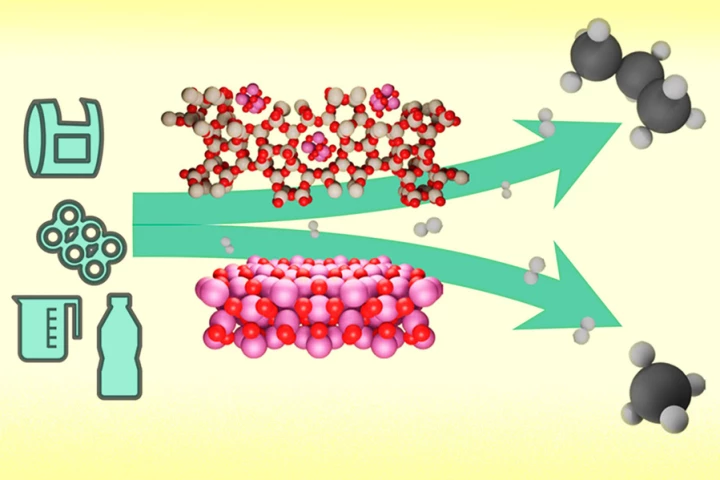Cobalt
-
Plastic waste is one of the most pressing environmental problems of our time. Now, engineers at MIT have developed an effective new catalyst that breaks down mixed plastics into propane, which can then be burned as fuel or used to make new plastic.
-
The ingenuity of bacteria keeps surprising scientists. The latest example is a species called Geobacter sulfurreducens, which has now been found to survive exposure to toxic cobalt by building a metal “suit” like a tiny little Iron Man.
-
In an effort to assist the shift away from the rare and expensive metal cobalt, scientists at Oak Ridge National Laboratory have developed an alternative nickel-based battery architecture, which they say ticks a few important boxes.
-
A new breakthrough could boost the eco-credentials of an environmentally friendly form of lithium battery even further, by restoring it to its original condition once it is spent using just a fraction of the energy of current approaches.
-
A new battery design from the University of Texas at Austin may help address some issues of current lithium batteries, with the researchers demonstrating a new type of architecture that is entirely free of cobalt.
-
Scientists from the University of Southern Denmark have created a substance that is able to absorb and store oxygen in such high concentrations that just one bucketful is enough to remove all of the oxygen in a room. The stored oxygen is able to be released in a controlled manner when it is needed.





